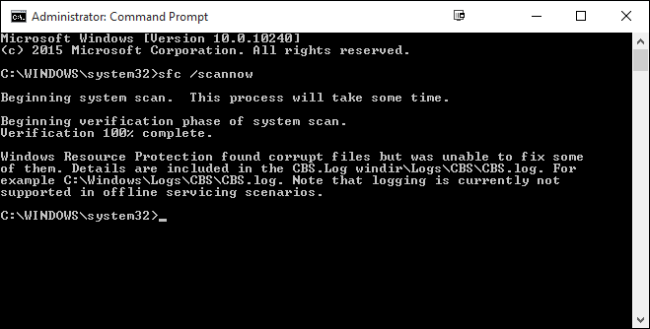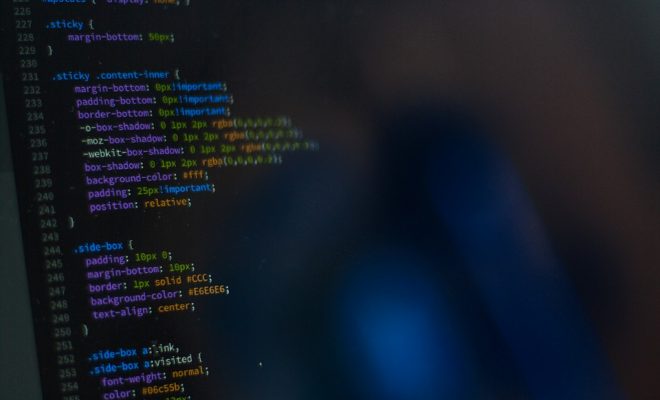What Does Corrupt File Mean?

A corrupt file refers to a file that has been damaged or modified in a way that prevents it from being accessed or used. This can happen due to a variety of reasons such as hardware or software malfunctions, viruses or other malicious content, interrupted downloads or incorrect file transfers, among others.
When a file is corrupted, it may fail to open or display properly, causing errors or unexpected behaviors in the software or applications that depend on it. For instance, a corrupted document may prevent you from editing, printing or saving changes to it, while a damaged image or video may appear distorted or unrecognizable.
Corrupted files can pose a significant challenge for both individuals and businesses, as they can lead to data loss, productivity slowdowns, and other consequences. In some cases, a corrupted file can even compromise sensitive information, such as financial records or personal data, which could have severe implications for privacy and security.
To prevent or deal with corrupt files, it is recommended to implement best practices such as making regular backups of important data, using antivirus software and firewalls, avoiding suspicious downloads or email attachments, and keeping your operating system and applications up to date with the latest security patches.
If you encounter a corrupt file, there are several things you can try to fix it. First, you can try to restore a previous version of the file if it was saved or backed up before the corruption occurred. Additionally, you can use specialized file recovery software to scan for and repair damaged files, or use built-in tools or features in your software to repair or salvage damaged files.
In some cases, however, a file may be irreparably damaged, in which case the only viable solution may be to recreate the file from scratch or obtain a new copy from the original source.
Overall, understanding what a corrupt file means and how to prevent, detect, and resolve issues related to file corruption can help you avoid significant data loss or disruption in your work or personal life. It’s important to stay vigilant and take appropriate measures to protect your digital assets and ensure their integrity and usability.




